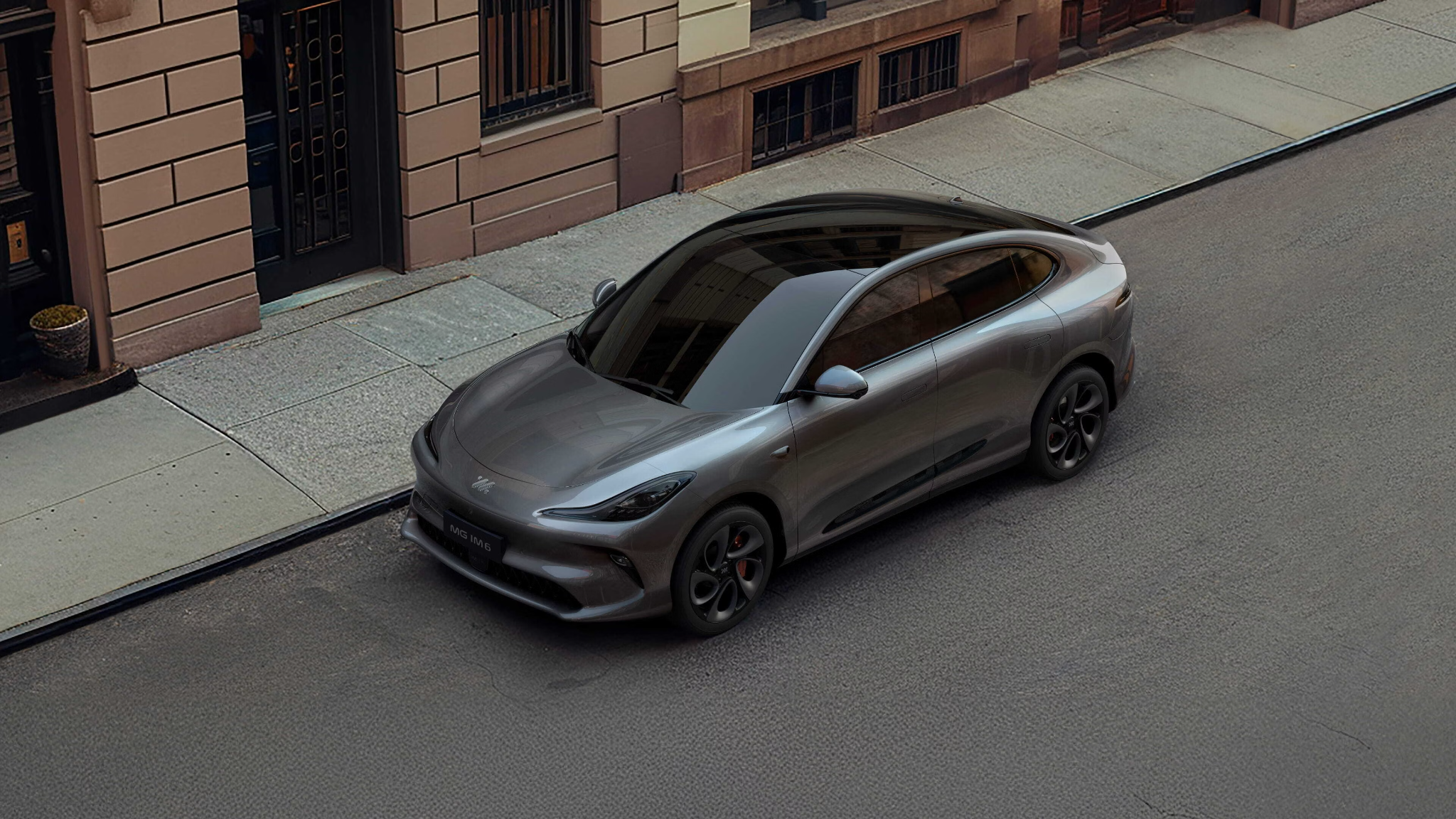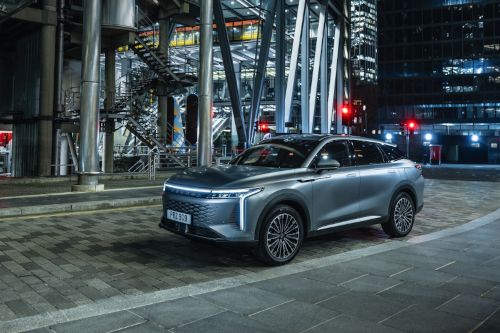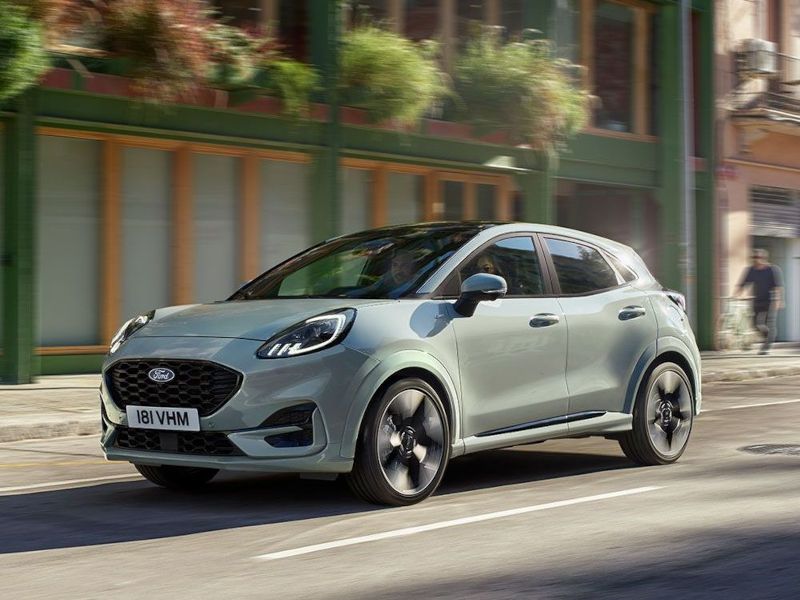Battery Electric Vehicle (BEV)
A BEV runs entirely on electricity stored in a rechargeable battery, with no petrol or diesel engine.
Discover the key systems that make electric vehicles tick—offering efficiency, innovation, and a cleaner way to drive.
Electric vehicles are transforming the way we think about driving, offering innovative solutions to reduce emissions and embrace cleaner energy. From fully electric models to hybrids that blend traditional engines with electric power, there’s a lot to explore. This page breaks down the three main types of electric vehicles—Battery Electric Vehicles (BEVs), Mild Hybrid Electric Vehicles (MHEVs), and Plug-in Hybrid Electric Vehicles (PHEVs)—to help you understand their unique features and benefits. This should make choosing the right one for you a little easier.
A BEV – a battery electric vehicle – is an electric vehicle that’s powered entirely by electricity. It doesn’t have an internal combustion engine (ICE) like traditional vehicles and relies on either one or more electric motors that use rechargeable battery packs. Let’s delve into some of the exciting features!
Easy charging capabilities: BEVS can be recharged at home, at public charging points or through fast-charging networks.
Exceptional electric range: As it stands, BEVs generally have travel distances ranging from 150 to over 300 miles on a single charge – this is dependent on the model and battery size. As car manufacturers continue to develop their EV technology, this is likely to increase further.
Zero tailpipe emissions: These vehicles produce no tailpipe emissions, making them the most eco-friendly form of transportation and allowing drivers to access low-emission zones in urban areas.
Lower operating costs: BEVs have fewer moving parts and don’t require oil changes, which means that their maintenance and repair costs are significantly lower.
Smooth electric power: BEVs have excellent smooth acceleration and instant torque, delivering a unique, quiet and comfortable driving experience.


A PHEV – a plug-in hybrid vehicle – is a vehicle that combines an ICE with an electric motor and larger rechargeable battery. Check out some of the brilliant features below!
Electric-only capabilities: PHEVs can operate on electric power only for longer distances (around 20 to 50 miles) before reverting to using petrol power. They also significantly reduce fuel consumption and emissions and are well suited to shorter trips.
Charge up and hit the road: PHEVs can easily be recharged at home, at public charging points or through fast-charging networks.
Efficiency defined: With the combined power of the ICE, electric motor and electric battery, PHEVs significantly reduce fuel consumption and emissions, lowering your fuel costs.
Advanced EV tech: PHEVs often come with advanced technology features and regenerative braking, which recycles energy captured during deceleration to recharge the battery; this dramatically improves the vehicle’s efficiency and eco-friendly performance.
An MHEV – a mild hybrid vehicle – is a type of vehicle that combines an ICE with a small electric motor for improved efficiency and eco-friendly performance. See what these vehicles have to offer below!
Dual power: There’s no electric-only mode on MHEVs; they operate by combining power from the electric motor and petrol engine during acceleration, delivering a fuel-efficient and more environmentally friendly drive.
Energy utilised sustainably: MHEVs often use regenerative braking, which captures energy during deceleration to help recharge the small battery. This reduces emissions, delivers a more efficient drive and requires no external charging.
Cost effective: Due to their simpler hybrid system, MHEVs are an attractive option for drivers looking to improve their fuel economy and lower their carbon emissions.
Smooth journeys: With seamless and smooth acceleration, MHEVs offer a relaxed driving experience without the need to switch between driving modes, making journeys simpler and more convenient.
